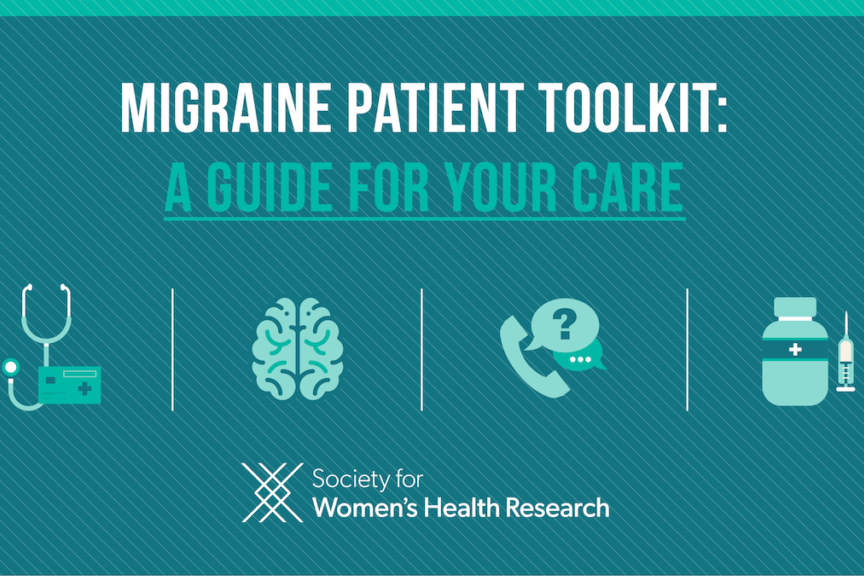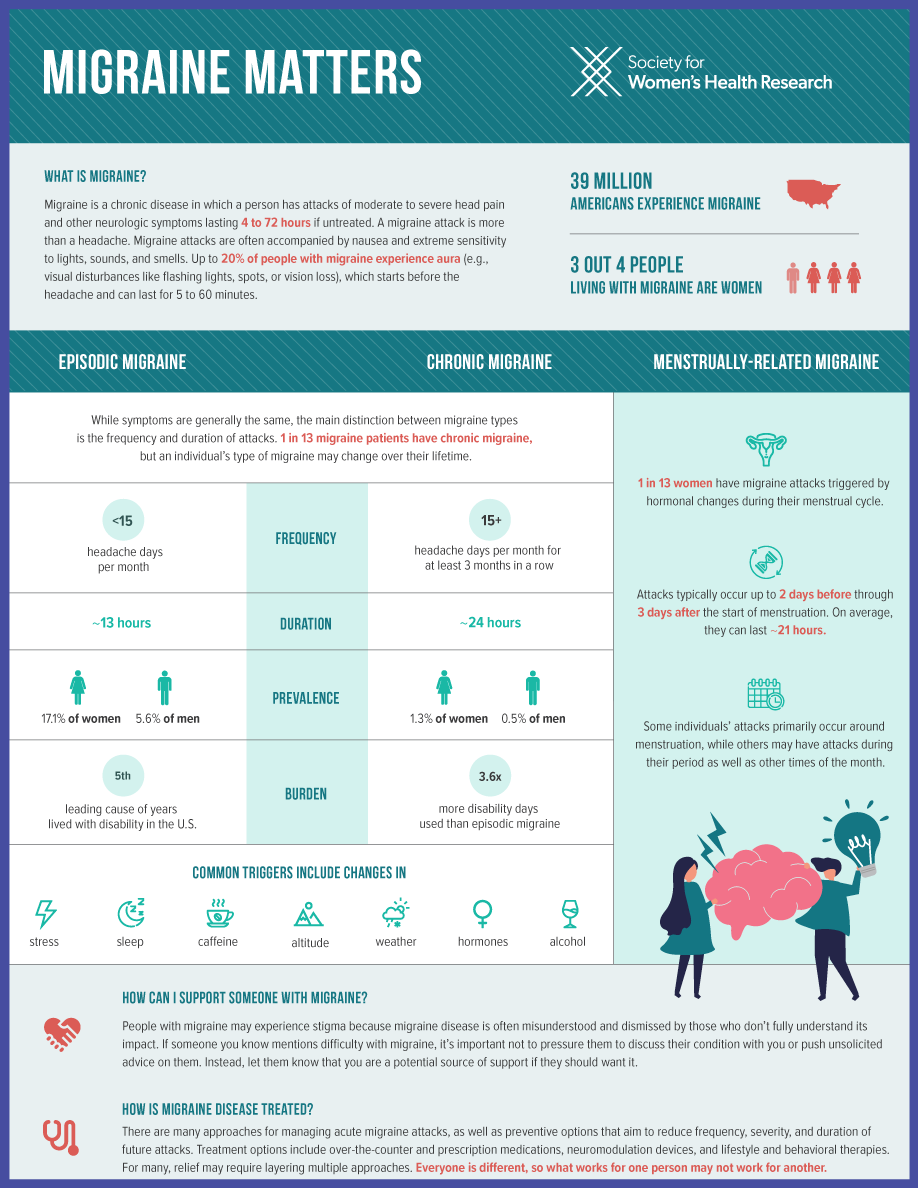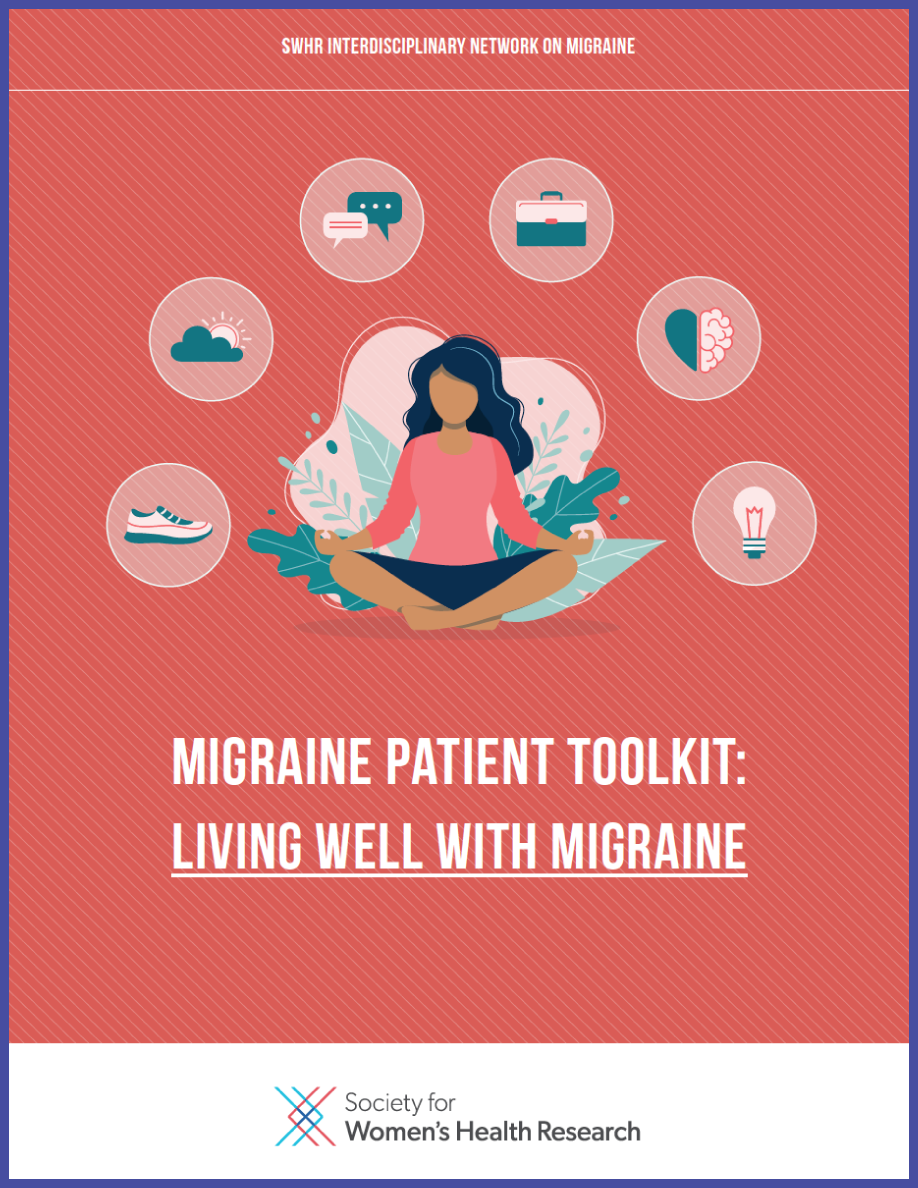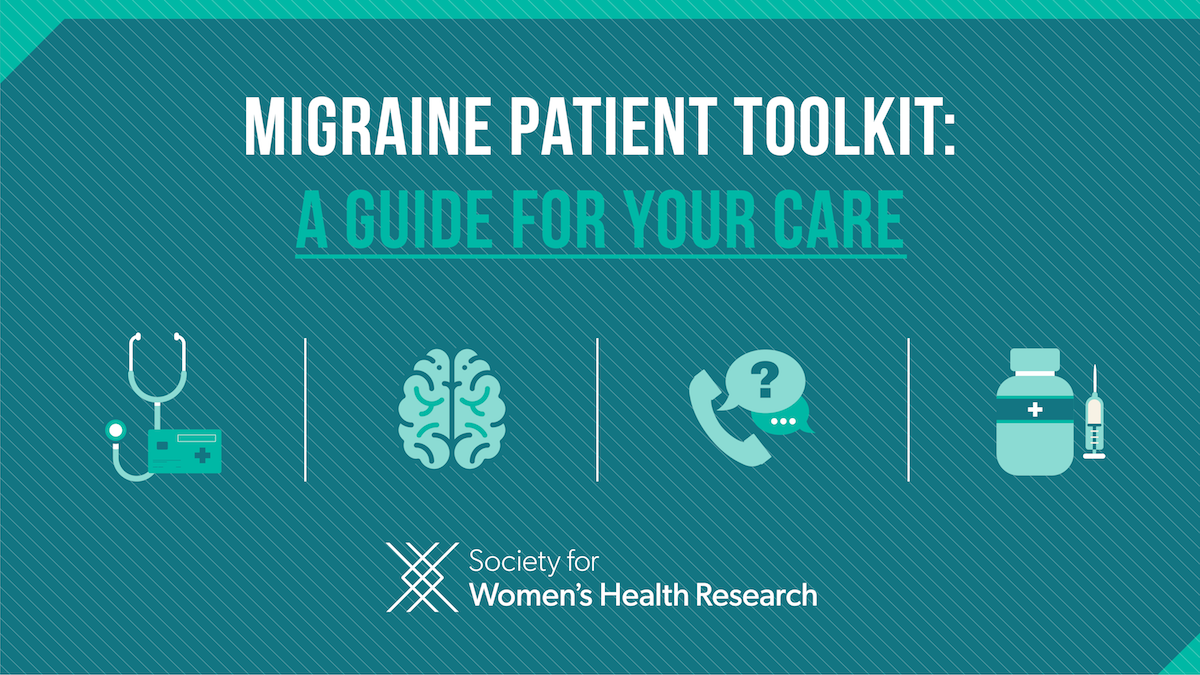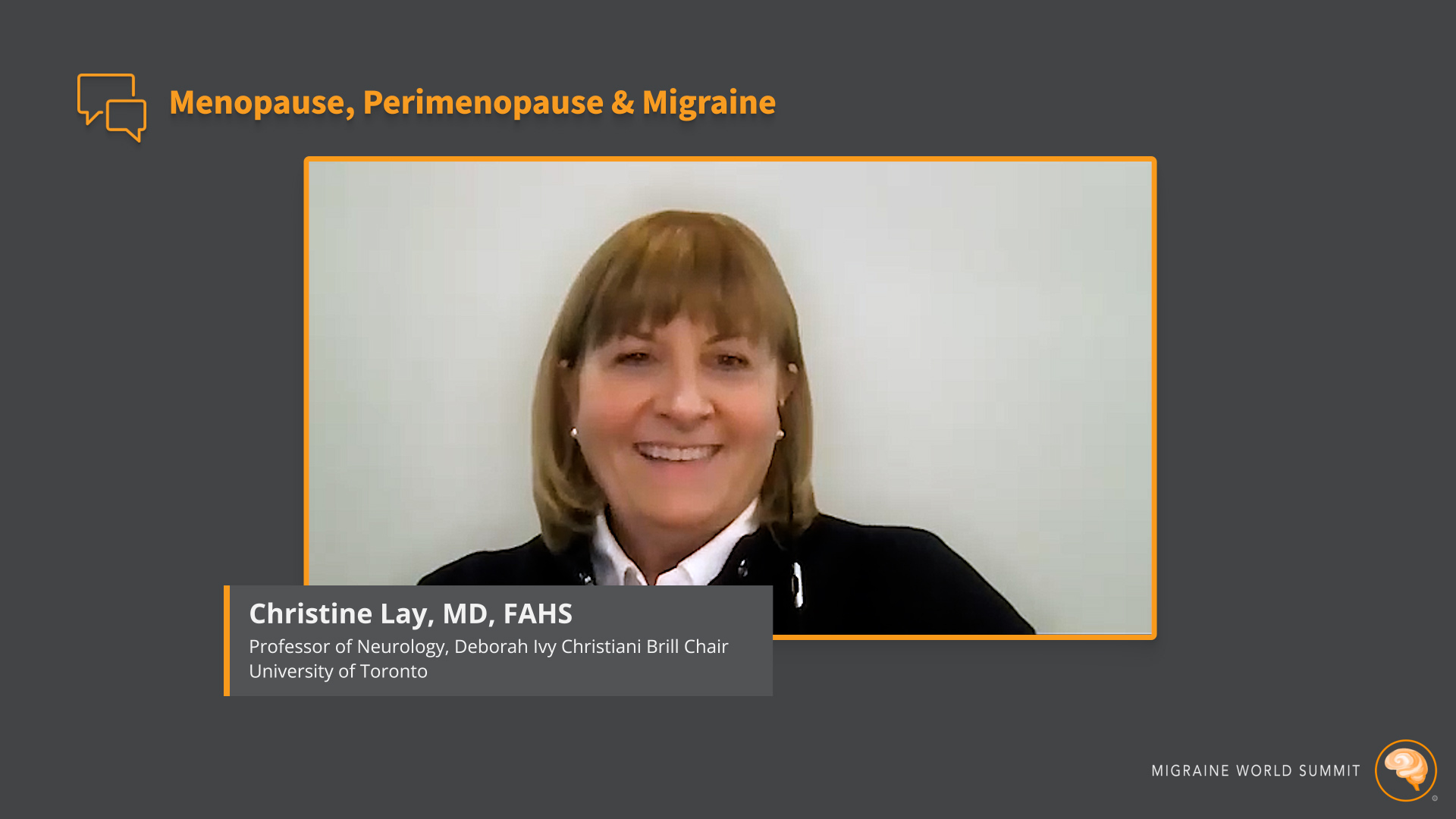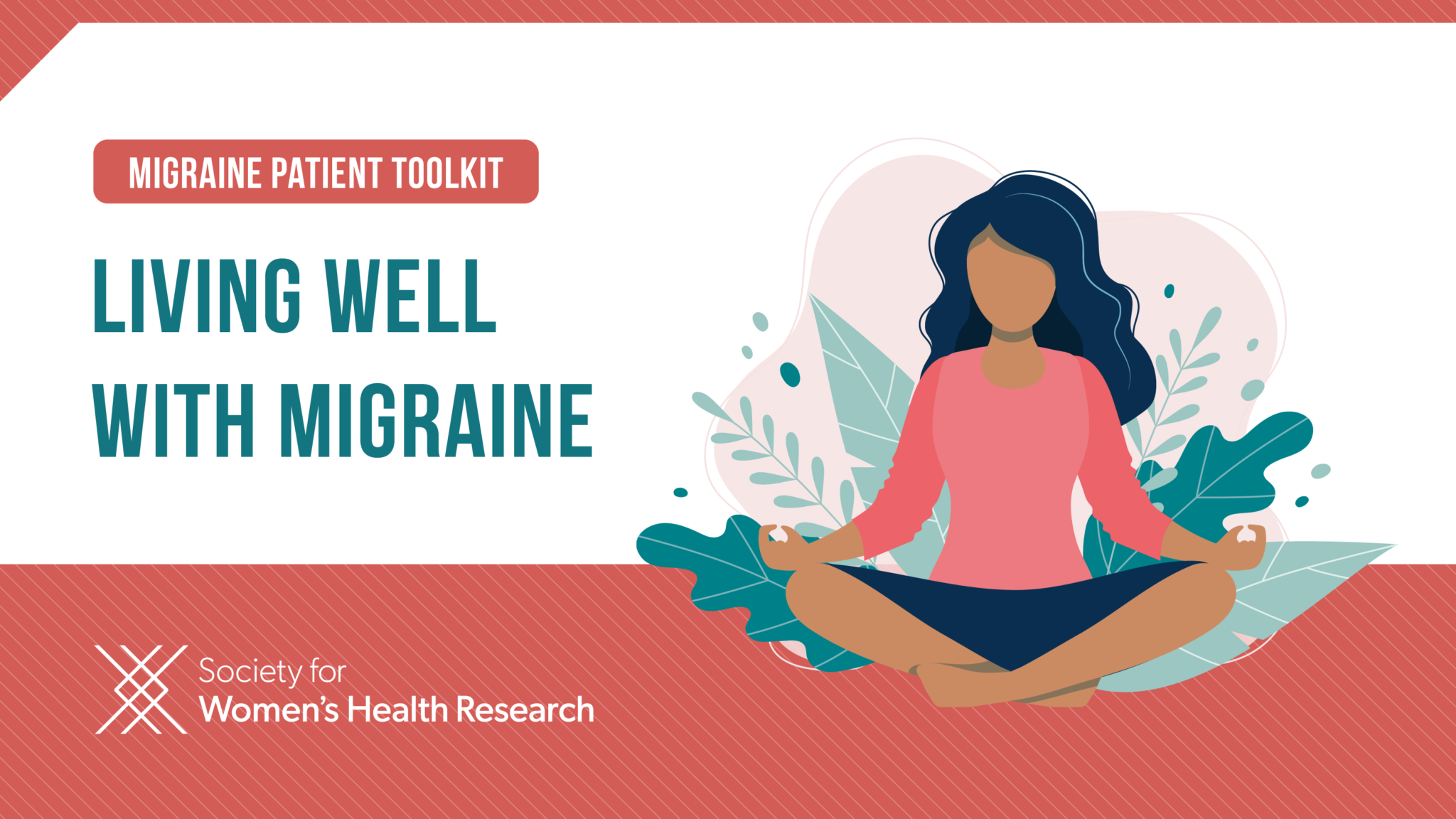Migraine is a common neurological disease that affects 14% of women in the United States. People with migraine disease experience attacks of moderate to severe head pain that are often accompanied by symptoms such as nausea, vomiting, dizziness, and sensitivity to light and sound. If left untreated, migraine attacks can last four to 72 hours.
Migraine disease is three times more common in women than men, placing significant burden on women, as they are more likely to experience longer and more intense migraine attacks and incur higher levels of disability. Working with your health care provider to address migraine symptoms and disease is an important priority for women living with migraine. Whether episodic or chronic (15+ headache days per month for more than three months) migraine, a variety of medical therapies and lifestyle interventions are available to help prevent and treat migraine attacks.
Migraine is part of the SWHR Pain Network, which engages the following focus areas: Migraine and Osteoarthritis.


